
views
Deciding to Use a Limit Order
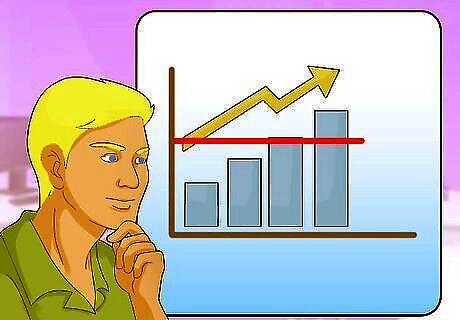
Know what a limit order is. A limit order allows you to place a trade for a set number of shares of a stock at a specified price or better. Such a limit will facilitate the automatic purchase or sale of stock at a desirable price. It will not guarantee that the trade will actually take place, however, because the price might never reach the target, or there may not be a buyer available at that price. In other words, a limit order guarantees the trade price or better, but not that the trade will occur. This separates limit orders from market orders, in which the order will most likely be filled (assuming decent trading volume) but the price that it is filled at may vary.
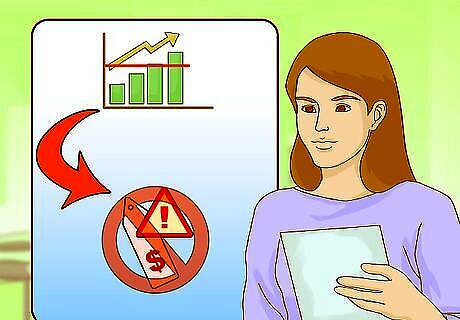
Understand why to use a limit order. Limit orders are primarily used a way to eliminate price risk. That is, by using limit orders, you can prevent securities from being purchased at too high a price or from selling at too low of one. This makes them particularly useful for trading volatile stocks or trading in volatile markets. For example, imagine that you own a number of shares of X. You bought X at $50 per share and are hoping to sell when X reaches $55. You can set a limit order for $55 that will activate as soon as the stock reaches this price, assuming your broker is able to find a buyer for your stock. Setting this limit order protects you from selling your shares of X at any market price lower than $55 or from missing your opportunity to sell at your desired price point of $55 in case the stock goes down again.

Know the risks of using limit orders. The primary risk inherent to limit orders is that your order will not be filled if the market price never reaches your designated limit price. In this case, you can either place a new order with a different limit or hold on to (or decide not to buy) the stock in question. In addition, brokers may charge higher commissions for limit orders than they do for market orders.
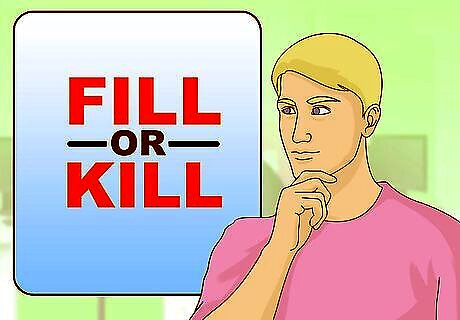
Understand limit order conditions. Limit orders may have additional instructions for brokers included. For example, a fill or kill (FOK) order states that the order must be filled immediately or canceled. Alternately, all or none orders state that all shares included in the order must be bought or sold at the same time or not at all.
Choosing a Type of Limit Order

Use a sell limit order to sell securities you own. A limit order used to sell stock that you already own is referred to as a sell limit order. Sell limit orders are filled when the price of a stock rises to your sell limit price. For example, suppose you had previously bought 500 shares of INTC at $20.00 per share, so you had invested $10,000, plus commissions. You now want to sell the stock if the price rises to at least $25.00 per share. To do this you would place an order with your broker to sell 500 shares of INTC at a limit of $25.00. If the stock price reaches $25.00 and there is a buyer, the broker would execute your order and you would receive $12,500 (or more if your broker is able to get an even better price), less commissions and fees. Your net before commissions, fees, and taxes would be $12,500 minus $10,000 (your original investment), or $2,500. However, if the stock price does not reach $25.00 per share the order would not be executed.

Place a buy limit order to buy new securities. A buy limit order directs the broker to purchase a security when the price dips to a certain level. Traders should use a buy limit order to specify the highest price they are willing to pay for a security. For example, suppose you wanted to buy 500 shares of JCP if the stock dropped to $19.50 per share. In this case you would be ready to invest $9,750 plus commissions. You would place an order with your broker to buy 500 shares of JCP at a limit of $19.50. If the stock price drops to $19.50 per share (or less) and there is a seller, your broker would execute your order.
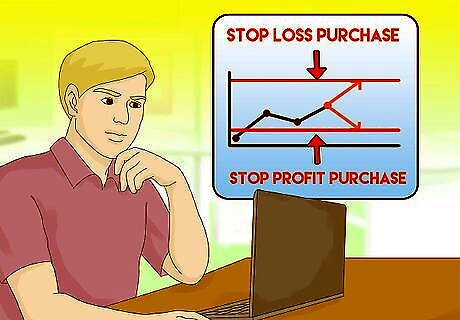
Use a stop-limit order. A stop-limit order is a specialized type of order that combines a limit order and a stop-loss order. A stop-loss order is similar to a limit order, but does not guarantee the price that the order is filled. For example, a sell stop-loss order is triggered when the price of a security drops below a certain point. This order is then filled as market order at whatever price your broker can get. This helps you to avoid losses. A stop-limit order combines this type of order with a limit order by securing a limit for filling your stop-loss order. For example, you might place a sell stop-limit order to have a stop price at $30 and a limit at $25. This means that when the price of the security drops below $30, a market order is entered to sell your position. However, this order will go unfilled if the price drops below $25 below your shares can be sold.

Place a market order. In some cases, it may be better to forego a limit order and instead place a market order, which fills the order at the first available price. Market orders are more likely to be filled, so it is best to use them when you absolutely are sure that you should buy a stock. Market orders are better for stocks with high trade volumes, such as Procter & Gamble or Apple, as these stocks tend to have more stable prices.
Placing a Limit Order

Access your trading platform. Go online to access your trading platform or call your broker, depending on how you trade securities. If you trade online, the option to place a limit order should be grouped in a "trade" or "place order" tab with other options, such as placing a market order. If you trade using an actual broker, simply tell your broker that you would like to place a limit order.

Identify the security you wish to trade. Figure out which security you are placing a limit order for. If you own a stock that you are worried might decrease in value, consider placing a sell limit order for that stock at the lowest price you would take. Alternately, if there is a stock that you think will lower in value that you want to buy, consider placing a buy limit order to buy that stock once its price dips to a level you can deal with.
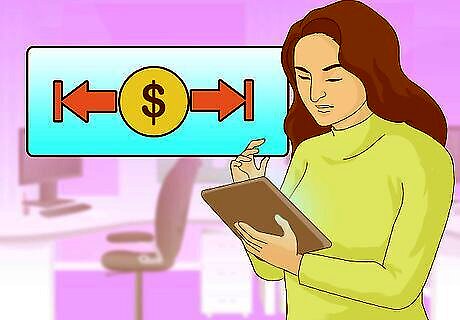
Choose a limit price. The limit price is either the highest amount you are willing to pay for a security (if it's a buy limit order) or the least you are willing to accept for a security (if it's a sell limit order). This is the price at which your order will be filled. Remember to not choose an unrealistically high or low price for the stock in question or your order will probably go unfilled. Check with your broker to be sure how many decimal places he uses in determining limit and security prices.
Choose a duration. You can make the limit order only valid for one day or choose to extend its duration longer, with a good til cancelled (GTC) condition. This depends on when you think the security will reach your limit price.

Submit the order. Specify the security you want to trade and your limit price, as well as whether you are buying or selling the security. There may be other conditions you can attach to your order, like a duration. You can make the limit order only valid for one day or choose to extend its duration longer (with a good til cancelled condition). This depends on when you think the security will reach your limit price.

Check that the order has been filled. If your limit price is never reached in the market, your order will not be filled. Check on your order regularly and make a new order accordingly. In some cases, your limit orders will be partially filled in one day's trading and then subsequently completed over a number of days. In this case, transaction costs may be assessed for each individual trade (each day) rather than just once.













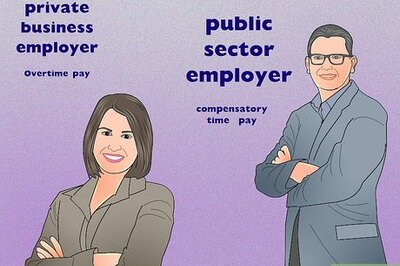




Comments
0 comment